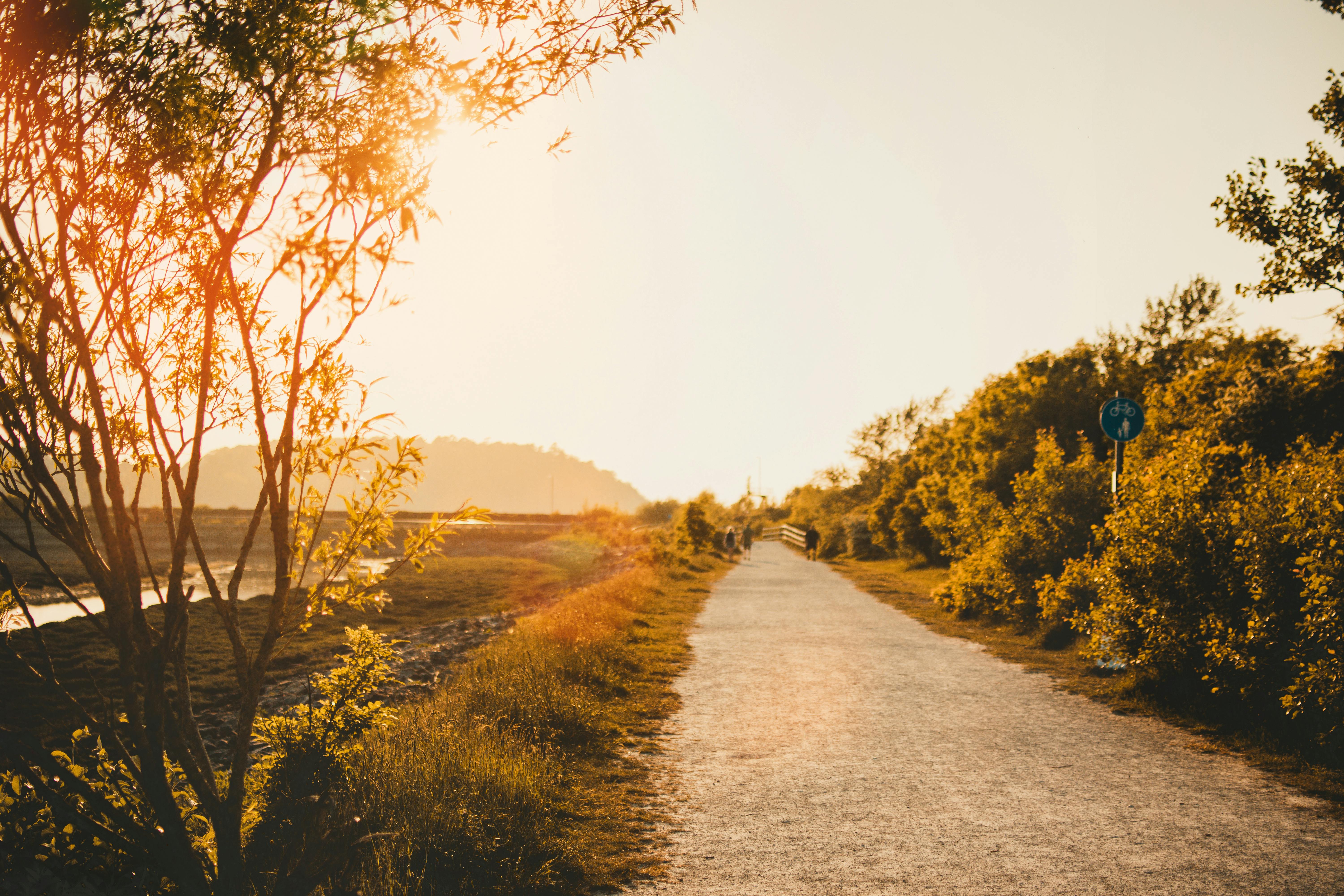1. Keep your feeders well stocked, especially first thing in the morning. After a long, cold night, the birds in your yard need energy-dense foods like black oil sunflower seeds, quality suet, peanuts, and peanut butter.
2. Make sure your bird feeders are free of snow and ice. After a heavy snowfall, my feeders are covered and need to be cleaned so my birds can access their seed and suet. I like to do this early in the morning to ensure you have a warm breakfast!
3. Purchase an inexpensive bird bath heater at your local garden center or online. Plug it into a UL-certified and approved outdoor extension cord, place it in your birdbath or shallow water trough, and it will feed flocks of thirsty birds all winter long. I cover my heater with a flat stone, just because it looks more natural to the birds than a shiny metal object. But it is not necessary; Low voltage and protective coil cover keep birds safe.
4. Install roost boxes where birds can nestle together at night. These should have internal perches or open mesh attached to the walls that the birds can cling to while sleeping. Chicken coops should also have removable cleaning to get rid of debris and droppings on a regular basis. I use wood chips and sawdust in mine which makes it much easier to clean.
5. Build a brush pile that your feathered visitors can use as shelter and a food source, especially during blizzard conditions. Start with a layer of dry leaves and add larger trunks of small trees and saplings in a crisscross pattern, leaving holes where birds can hunt for small insects and keep warm. Add more to the pile as the branches fall and accumulate around your garden. If you have evergreens, they can be added to the top of the pile as a “roof.”
6. Plant evergreens! These types of non-deciduous trees are perfect in all habitats for your birds. Look to local nurseries and growers for native species that will easily become acclimatized and flourish in your area. Various fir, pine, and evergreen trees and shrubs provide food, shelter, nesting sites, and hiding places from predators. Their dense habits make them ideal for winter survival shelters that the wild birds in your backyard are sure to appreciate.
While it’s true that wild birds have physically adapted to handle winter storms and cold temperatures, humans can still make a big difference to their survival rates. And who doesn’t want more colorful and happy songbirds to brighten their days?



